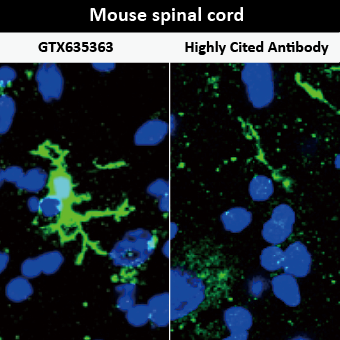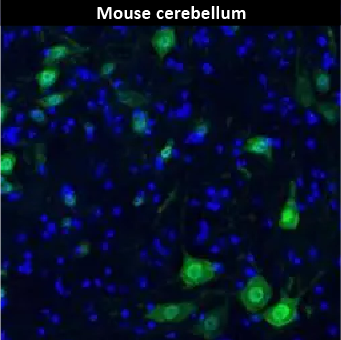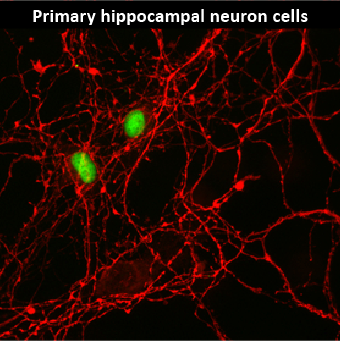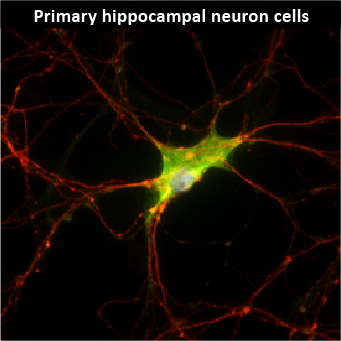Small-Molecule Hypoxia Therapy Reverses Lesions and Extends Lifespan in Leigh Syndrome
 |
|
Hypoxia-based therapies are being actively pursued to counter the clinical effects of mitochondrial disorders that result in tissue hyperoxia, including the rare neurometabolic disorder Leigh syndrome. Induction of systemic hypoxia has been shown to ameliorate or even reverse hyperoxia-related pathology. Much of this work utilized the Ndufs4 knockout (KO) mouse, the primary model system for mitochondrial disease that recapitulates features of Leigh syndrome.
In a new Cell paper, Blume et al. used Ndufs4 KO mice to show that oral dosing of a small molecule (i.e., “HypoxyStat”) caused a pronounced left-shift in the oxygen-hemoglobin binding affinity curve (1). HypoxyStat extended mouse lifespan by generating systemic hypoxia, even under normoxic conditions. It also decreased multiple aspects of disease, including the distinctive bilateral symmetric lesions characteristic of Leigh syndrome. This work marks a major advance in attaining a practical and scalable hypoxia-based therapeutic approach to prevent/reverse mitochondrial disease.
GeneTex offers extraordinary antibodies for neurodegenerative disorder research, including the Iba1 antibody (GTX100042) cited in this study as well as a new recombinant monoclonal Iba1 antibody [HL22] (GTX635363). Please explore our comprehensive antibody catalogs for neuroscience research or visit the GeneTex website. |
|
Highlighted Products |
|
|
|
|
||||||||||||||||
Reference:
|
Cell. 2025 Mar 20;188(6):1580-1588.e11. doi: 10.1016/j.cell.2025.01.029. |



